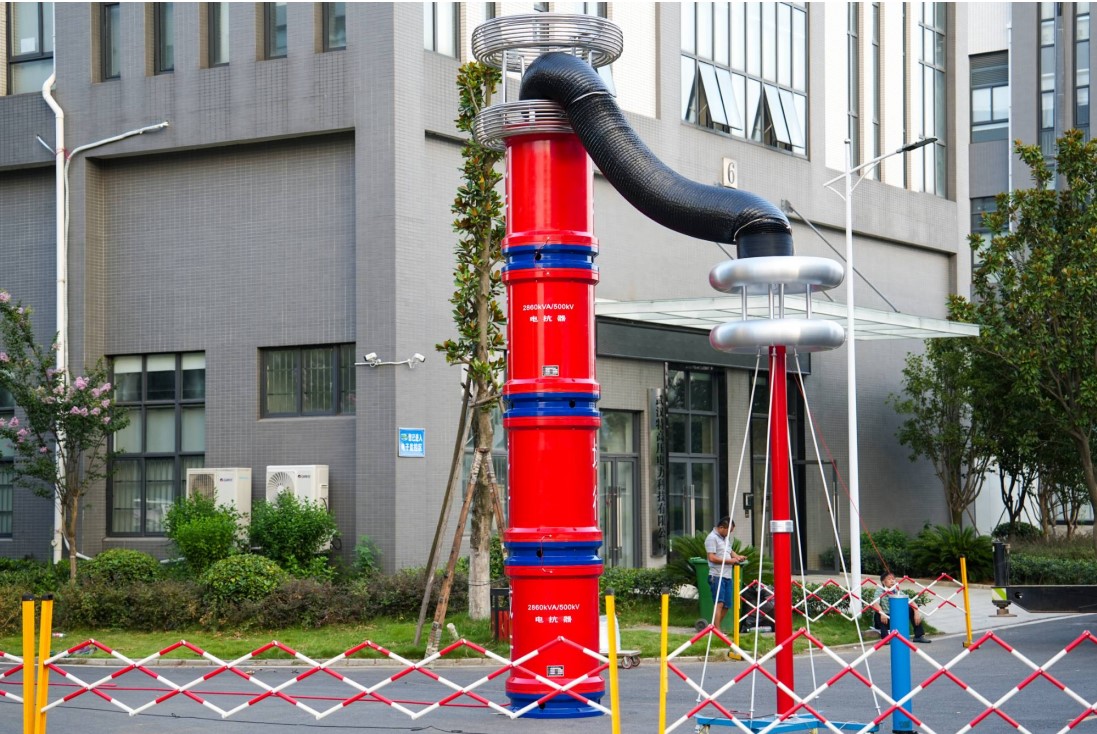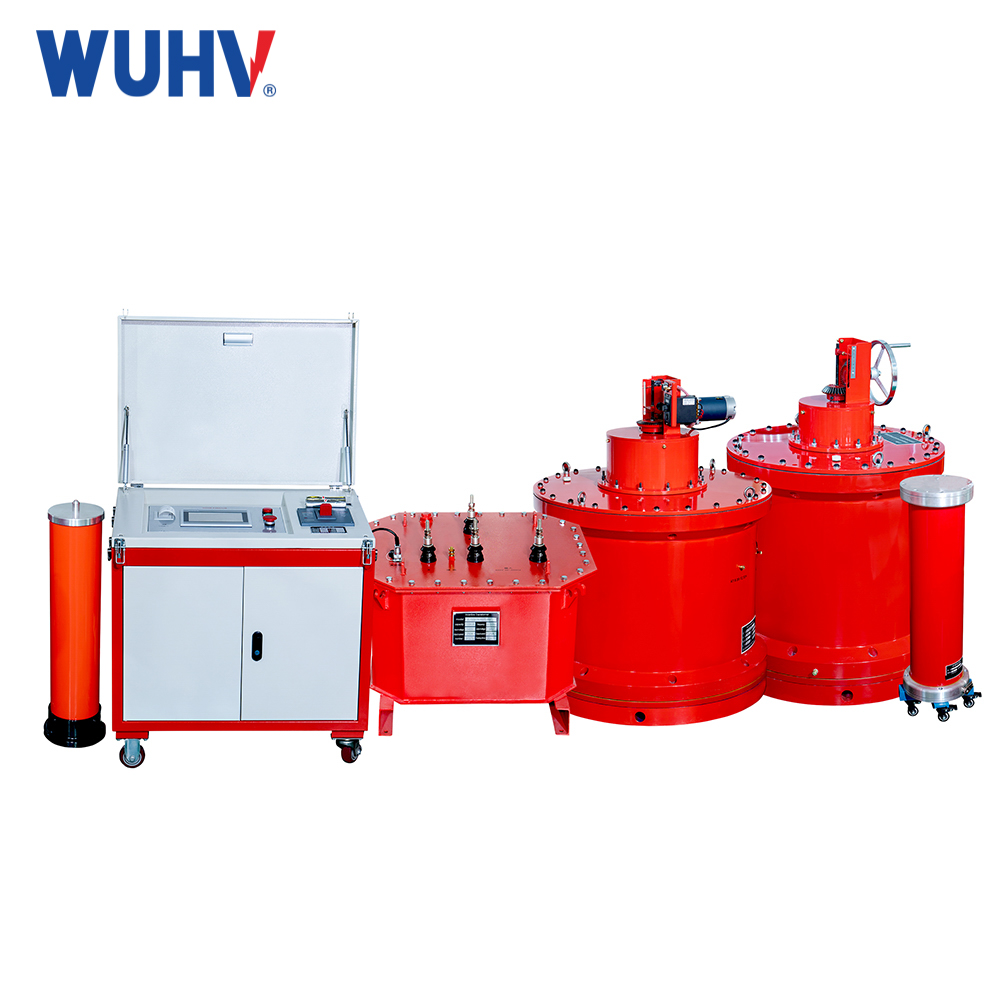Wuhan UHV specializes in the production of series resonance (also known as power frequency withstand voltage test equipment). Next, we will share with you the possible overvoltage that may occur during power frequency withstand voltage testing and how to prevent it?
What are the possible overvoltages that may occur during the power frequency withstand voltage test?
How to prevent this problem can be analyzed from two aspects: steady-state process and transition process.
From a steady-state perspective, most of the tested objects are capacitive loads.The capacitive current of the load passes through the leakage reactance of transformers and voltage regulators, causing a voltage drop on the leakage reactance, resulting in the test voltage on the tested object being higher than the power supply voltage, known as the capacitance rise phenomenon. The method to overcome this phenomenon is to directly measure the voltage on the high-voltage side.
If the leakage reactance of transformers and voltage regulators is large, it may even form a series resonance of the fundamental frequency with the capacitance reactance of the test object (frequency conversion series resonance withstand voltage test device), and the test object will experience high overvoltage, posing a serious threat to the test object. To prevent this overvoltage, the circuit damping can be increased or the parameters of the circuit can be changed.
From the perspective of the transition process, the following situations can cause overvoltage:
1. Apply sudden pressure to the primary winding instead of gradually increasing from zero voltage.
2. When there is still a high voltage, suddenly cut off the power instead of uniformly dropping to zero and then cutting off the voltage.
From the transition process of the transformer winding, it can be seen that both of the above situations will cause overvoltage on the test sample, which is not allowed.
(1) Lock by controlling the circuit to prevent sudden increase in non-zero voltage.
(2) The correct operating methods should be strictly followed to avoid it.
(3) The test sample suddenly breaks down. This is frequently encountered and inevitable. If the output terminal of the test transformer is directly connected to the test object, when the test object suddenly breaks down, the potential at the output terminal of the test transformer is immediately forced to zero, which is equivalent to a sudden surge voltage wave with a very steep wavefront acting on the output terminal of the test transformer. Its peak value is equal to the instantaneous value of the test voltage at the moment of breakdown of the test object, but its polarity is opposite. This will generate dangerous overvoltage on the longitudinal insulation of the test transformer winding. The prevention method is to connect a protective resistor of appropriate resistance in series between the output terminal of the test transformer and the test object. In this way, the opposite polarity impulse voltage acts on the series circuit of the protective resistor and the transformer inlet capacitor. In a short period of time, the vast majority of the voltage drops on the protective resistor.




















